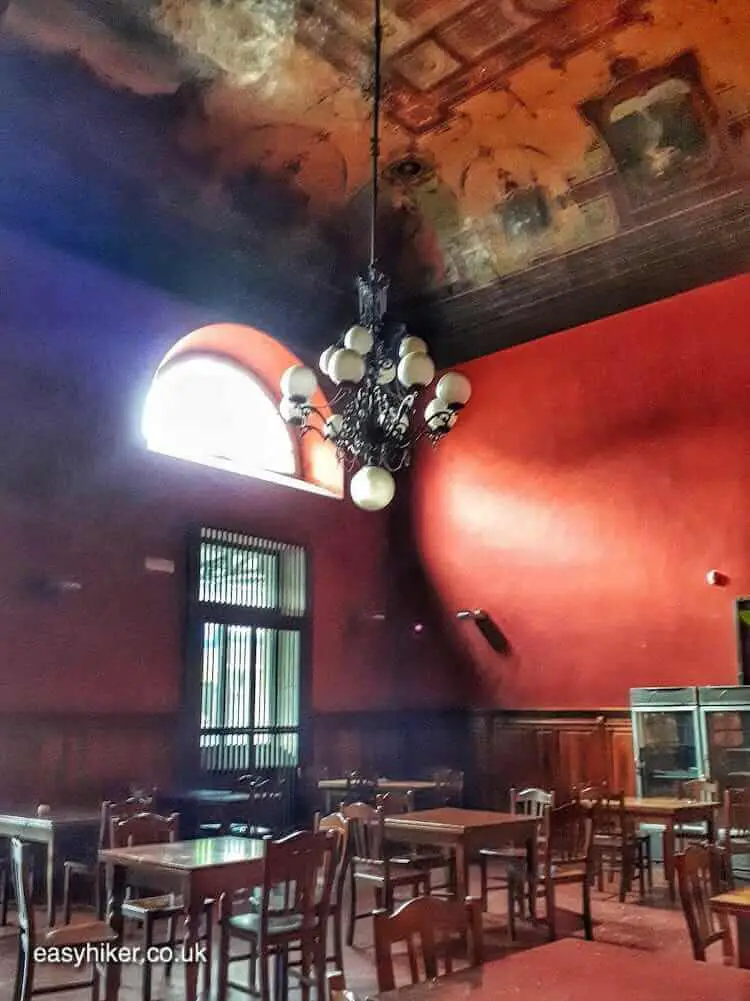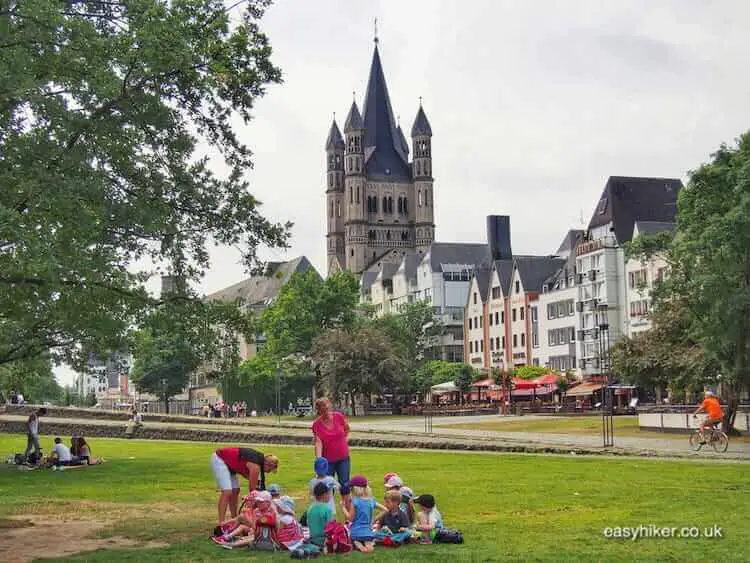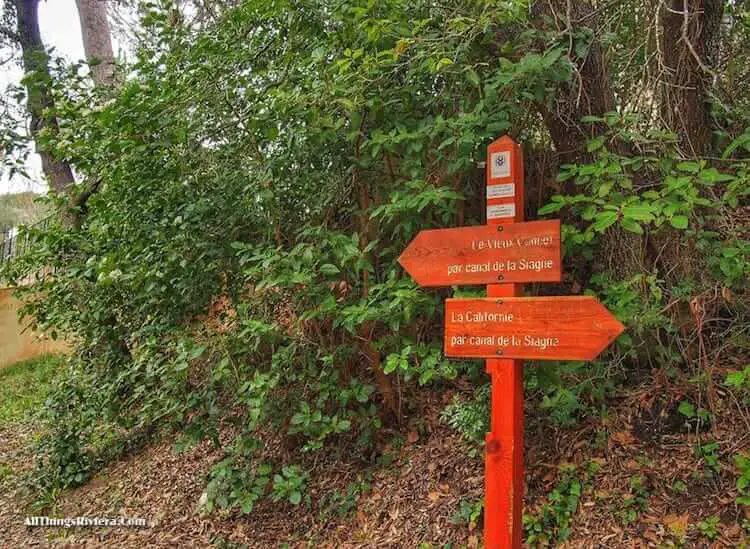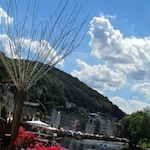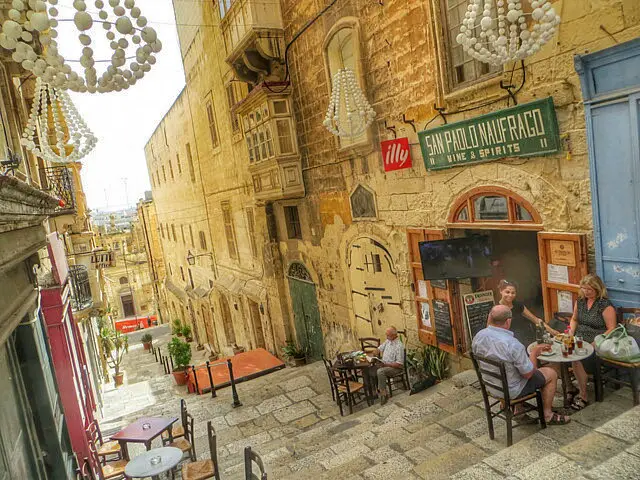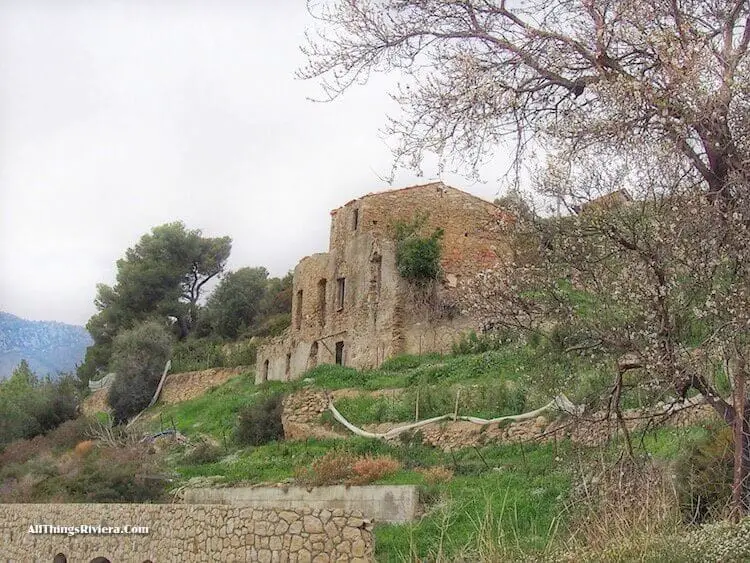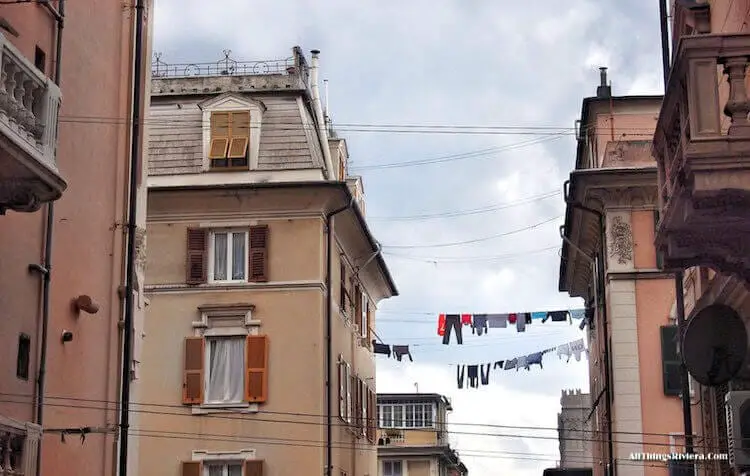There is no longer any such thing as an “undiscovered” bit of Italy. Entire libraries have been written on the major sights and places, while even small villages produce thousands of hits on a Google search.
There are still, however, parts of Italy that do not get the attention they appear to deserve, that are merely well-known where they should be famous all over the world.
One such place is Perugia, the capital of the Umbria region in central Italy.
Why Pay more Attention to Perugia?
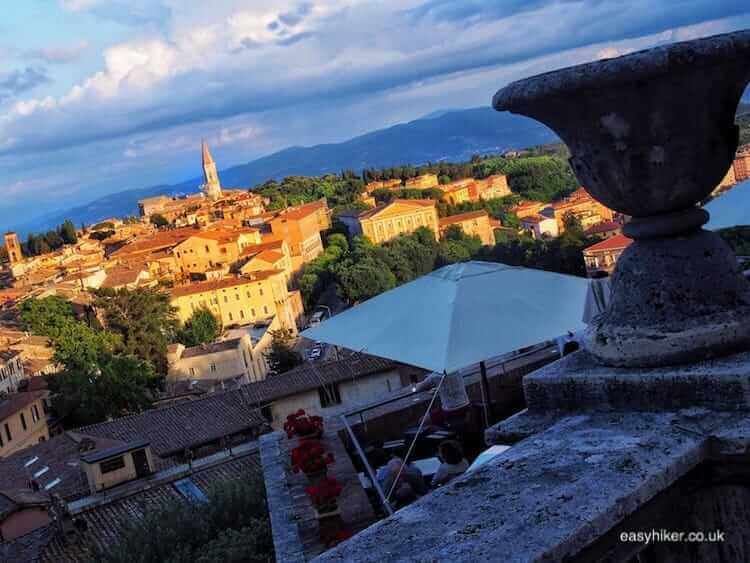
Mind you: there is no shortage of books and articles that have been written on the subject of Perugia. Still, whether or not somebody or something is receiving due appreciation is a highly relative issue. How much more attention to Perugia do we need to give?
Let’s consider the evidence: Perugia has a colourful and ancient urban fabric, …
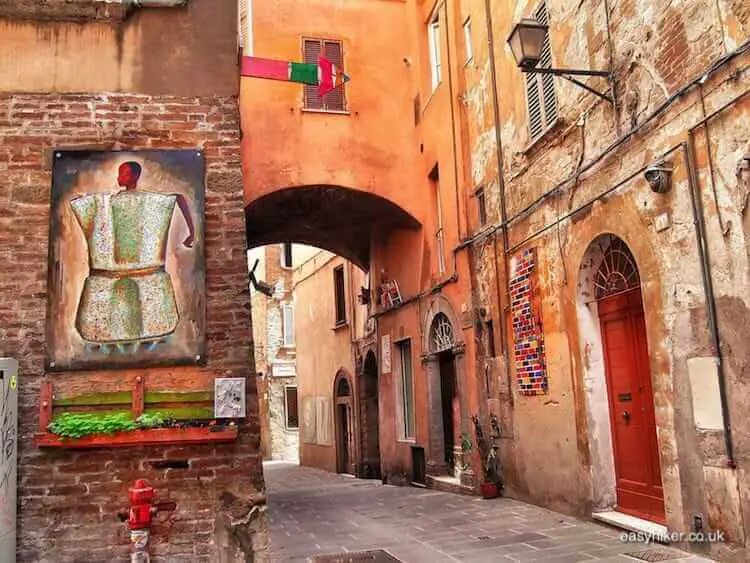
… it features streetscapes that could have come directly from an artist’s sketchbook (in this case, the proto-surrealist Piranesi), …
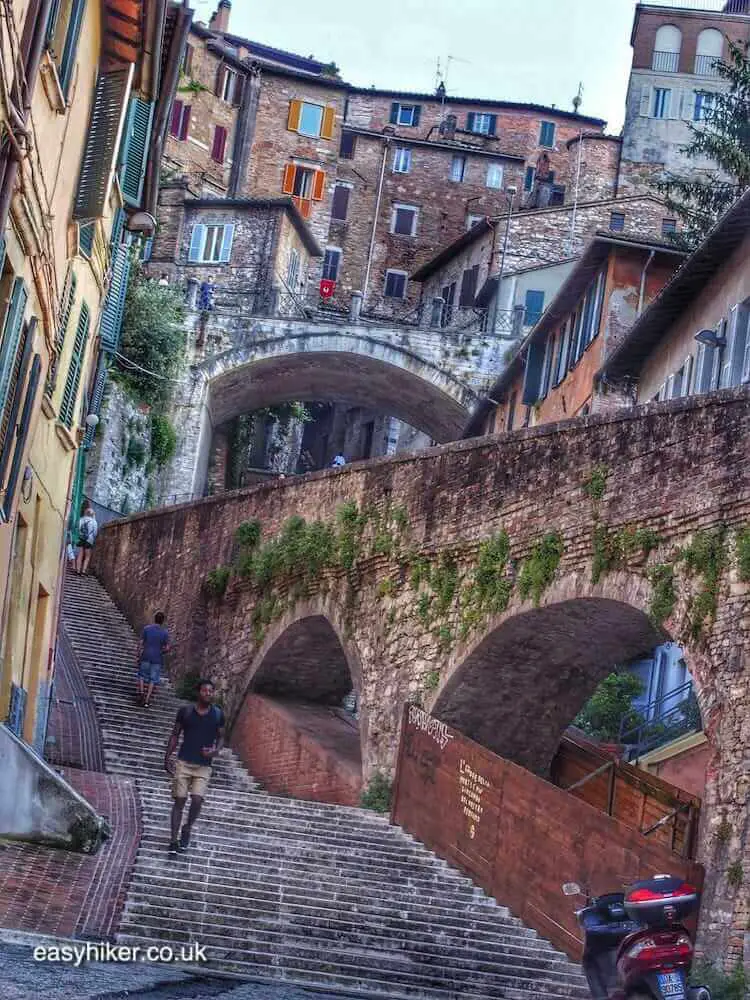
… as well as grand landmark buildings, …
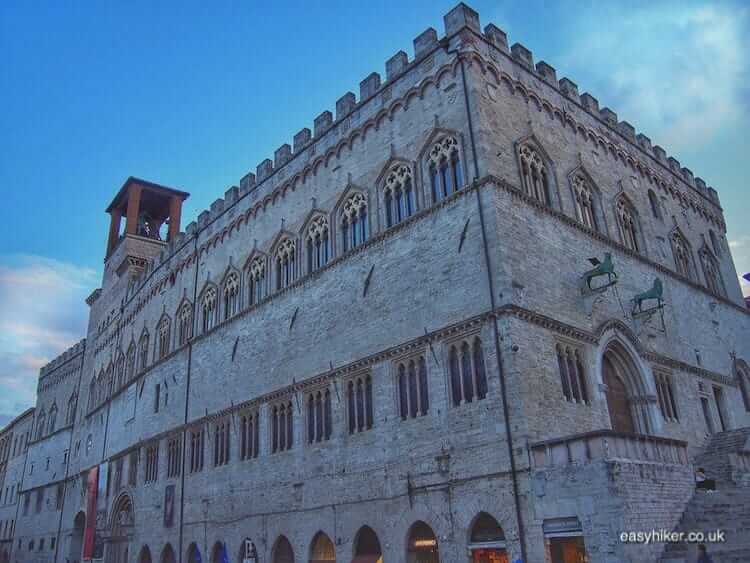
… surrounded by glorious countryside – which begins just outside the city walls so you can get a flavour by just following one of the main streets which radiate from the city centre until you reach a town gate.
Once outside these walls, you will get fantastic balcony views, thanks to Perugia’s exposed hilltop position.
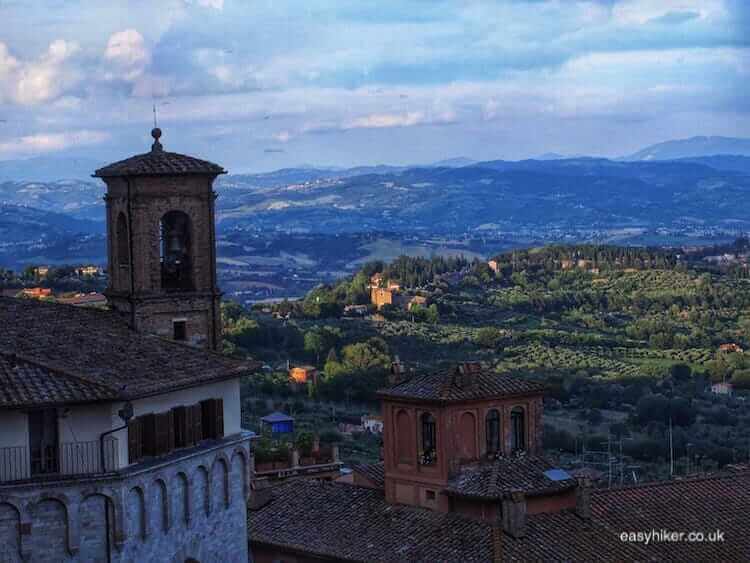
In one word: Perugia has everything. Why then is it not as famous as Florence?
One reason I can come up with is this: Perugia has a long history, but not of the right kind of history.
Take Florence, for example, the capital of neighbouring Tuscany: Florence has the Medicis, the Borgias and Michelangelo.
Perugia has the Salt Wars, Pope Paul III and Pietro Perugino (an artist who is mainly famous for having taught young Raphael how to paint).
Much of Perugia’s past is a bit … well, parochial. And provincial. One problem is Perugia’s location: this close to Rome, it has always been difficult to play its own tune.
Before Rome reached the peak of its power, Perugia was an independent player, but after Octavian (later to become the Emperor Augustus) had the town destroyed during the Roman Civil War, a pattern of colonial master and servant was established.
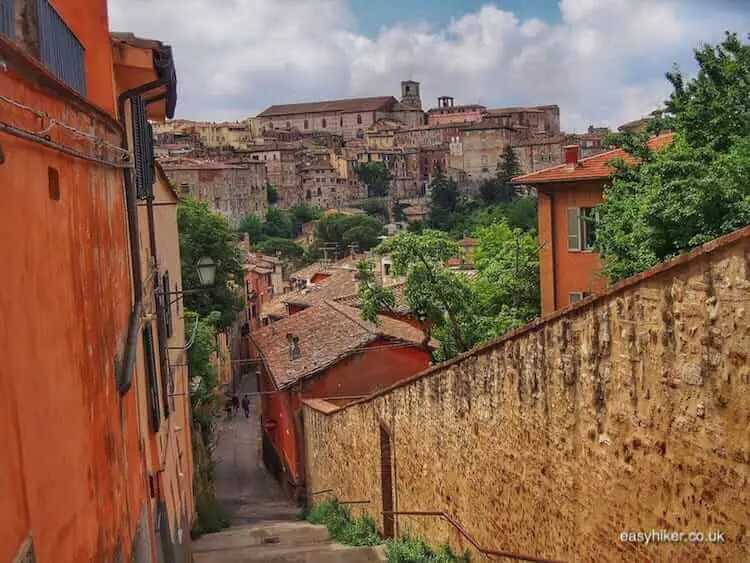
One more reason to pay more attention to Perugia: it has developed in the shape of a starfish. Five arms reach out from a central disk, the town centre which features the ancient City Hall and the Cathedral.
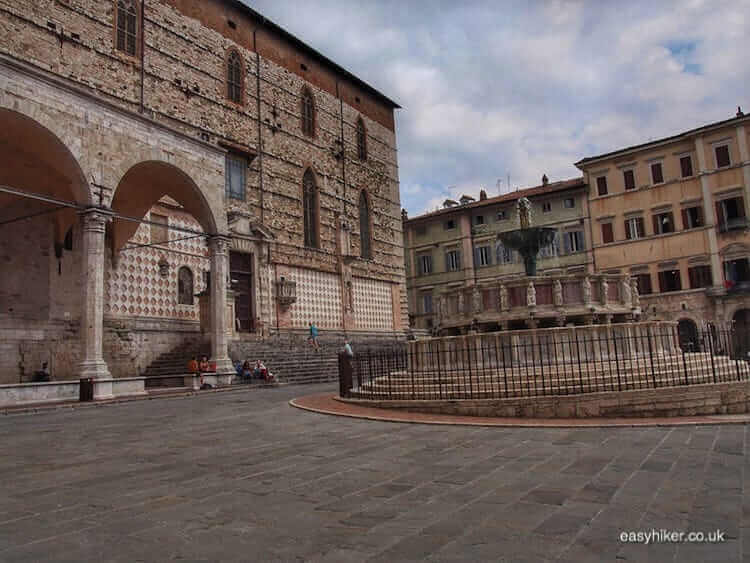
These five arms are the five quarters of the city (called the rioni) which originally clustered around the five city gates. Each quarter has a flag with its own symbol and colour that represent some aspect of that quarter’s history.
The colour of the San Pietro quarter, for example, is yellow, the colour of the wheat that used to be brought into town from the surrounding farmlands through the San Pietro gate.
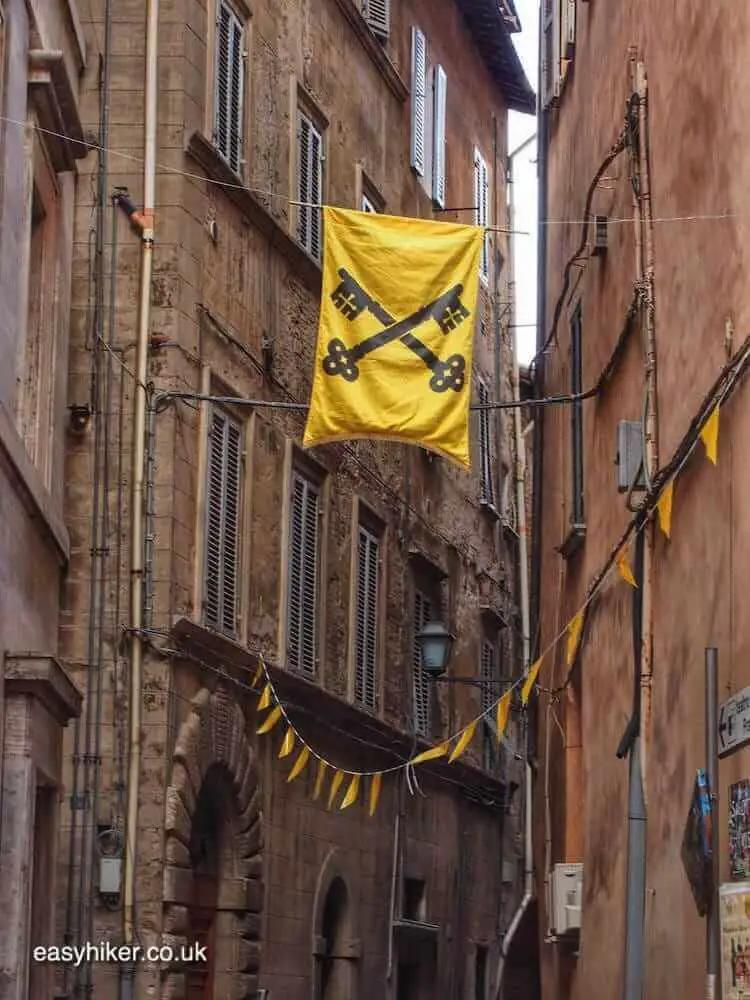
The town guide that has been issued by the regional tourism authority recommends one brief walk for each of the five quarters.
This is a fun way of discovering the city, looking for the different flags which are freely displayed by the local shops and restaurants, but also – at least when we were there – by many private residents.
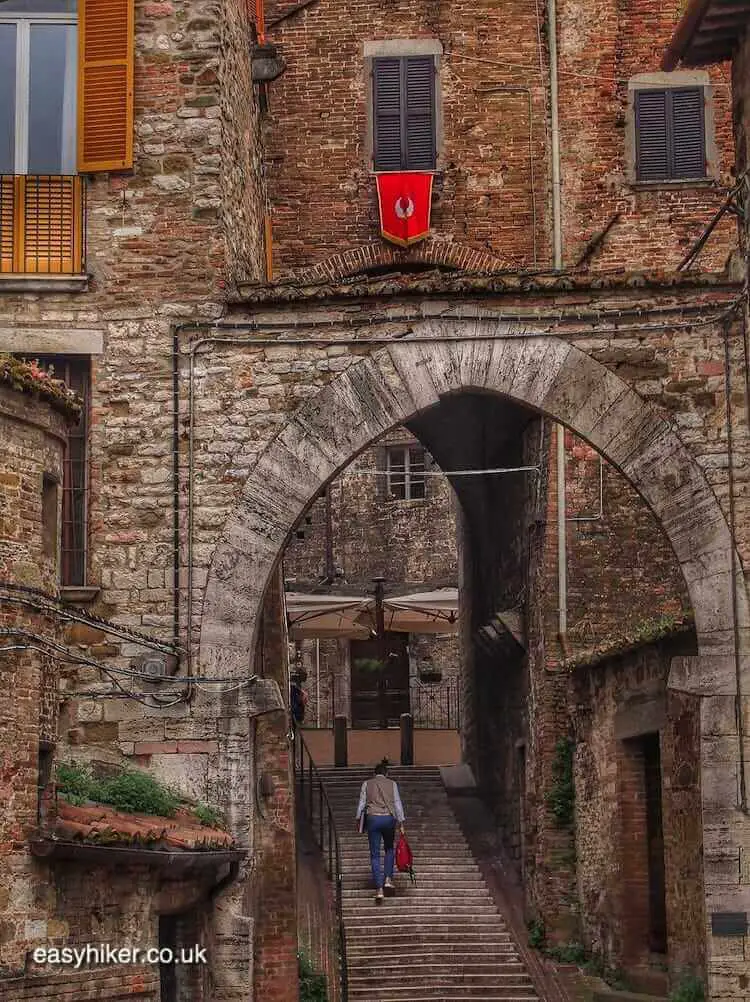
You can easily complete two or three such walks in a single day, provided you shorten them a bit by concentrating on the more central sights.
We recommend, however, to follow at least one of the routes to the outer city gate where you can step through the external wall into a different world.
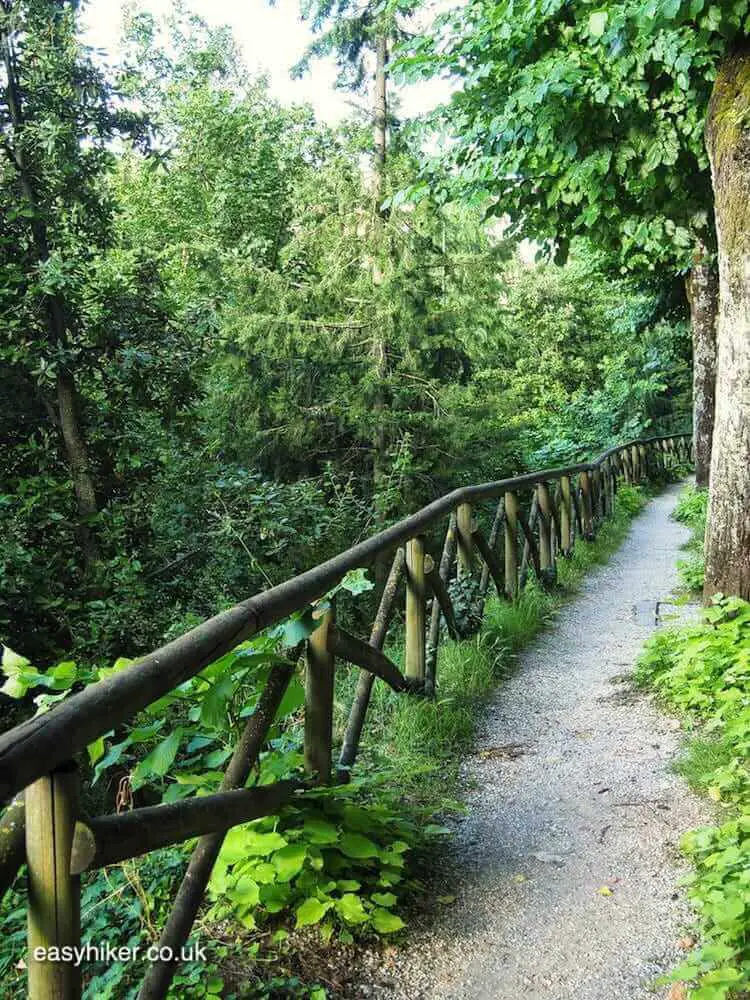
Immediately outside the city wall, the Umbrian countryside begins. You can make out the rolling hills in the distance, …
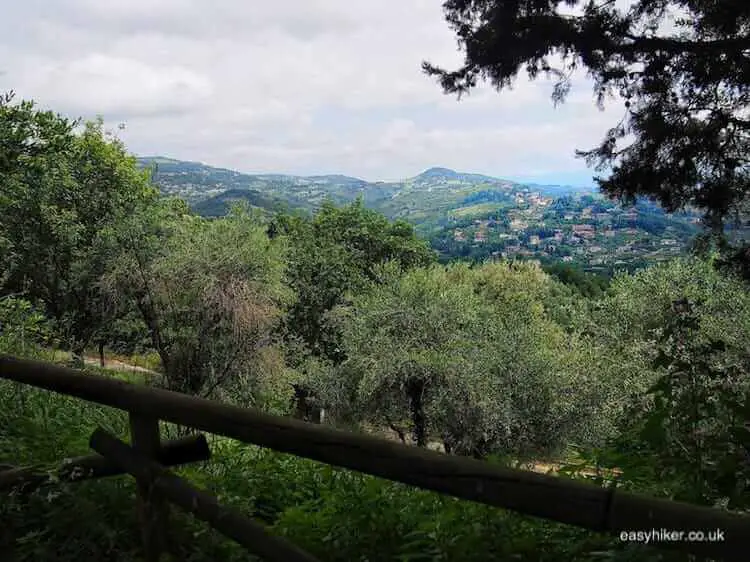
… while finding yourself in the middle of a bucolic Mediterranean idyll.
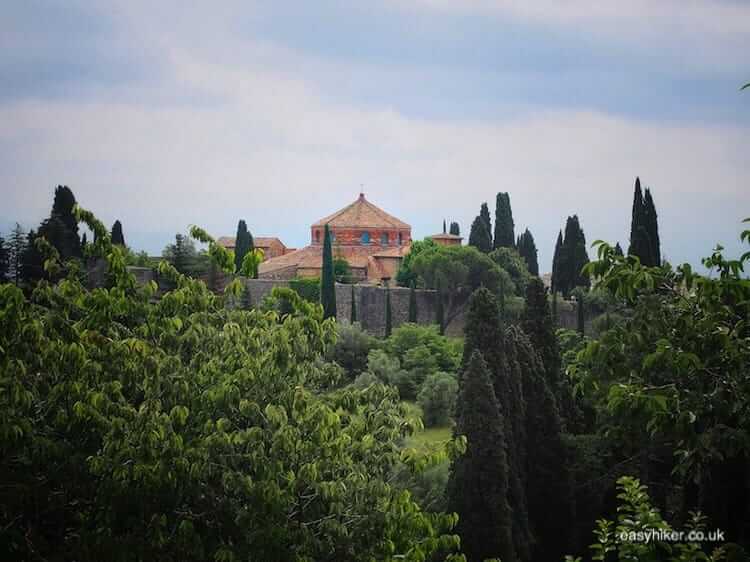
For our foray outside of town, we picked the Porta Sant’Angelo itinerary (the quarter with the red flag that represents the flaming sword of the Archangel Michael).
Near the gate, you can visit the ancient temple of Saint Michael which gave the quarter its name, and if you walk a few hundred metres further out of town, you will reach the Convent of Monteripido which was founded in the late 13th century by one of the early followers of St Francis of (near-by) Assisi.
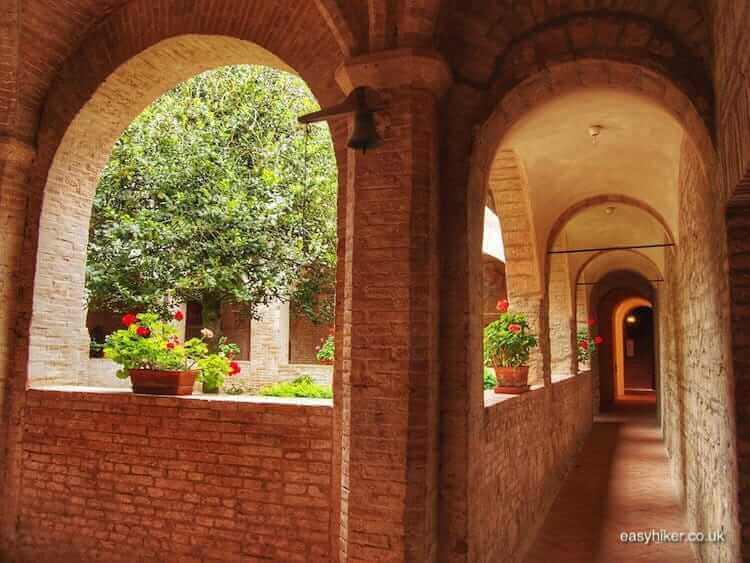
One final tip: on your way out of Perugia, pay a visit to the restaurant at Perugia train station, surely the gloomiest place in all of Italy.
Stark and unrepentantly cheerless, this is one of the few remaining places where the Mediterranean of the 1960s and 1970s comes back to life. If you squeeze your eyes a bit, you will begin to see old men in straw hats playing card games with impenetrable rules while sipping coffee and smoking filter-less cigarettes.
The Italian authorities should list this place. In reality, however, they are probably planning as you are reading this to replace it with a brightly lit Californian-style roadside diner.
Which is one more reason why you should pay more attention to Perugia, before it’s too late.
